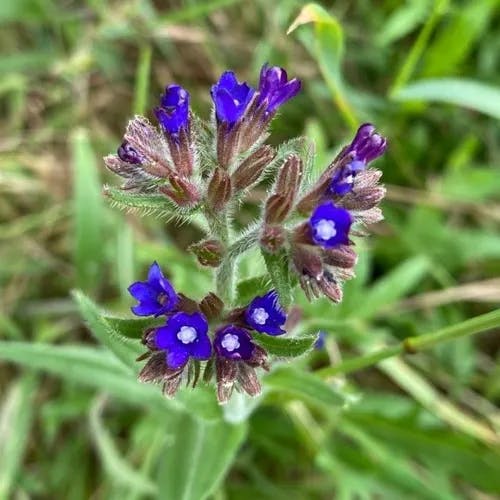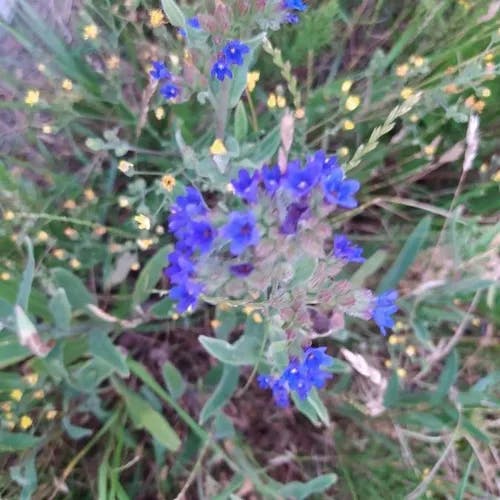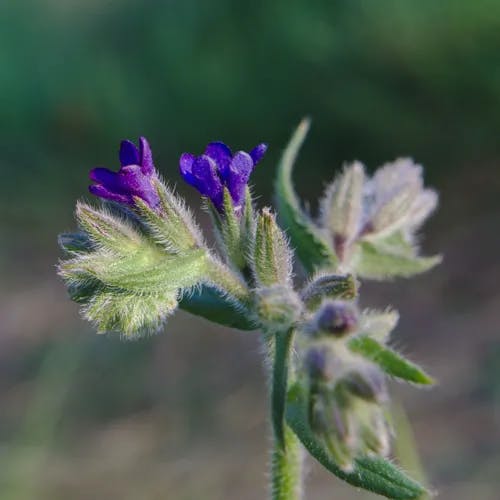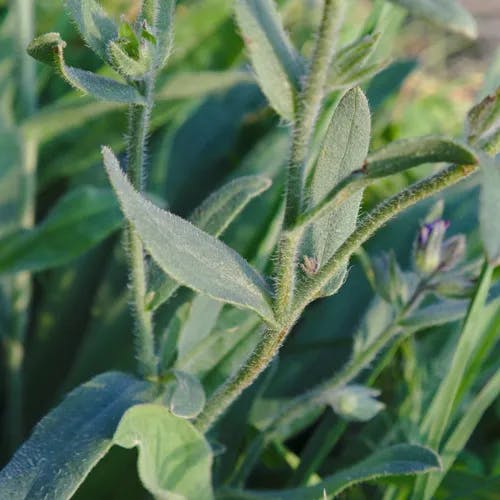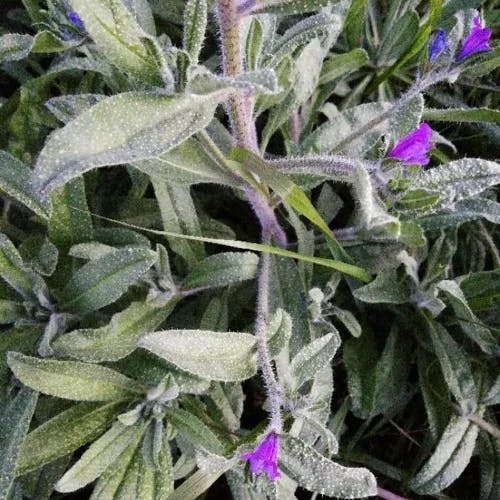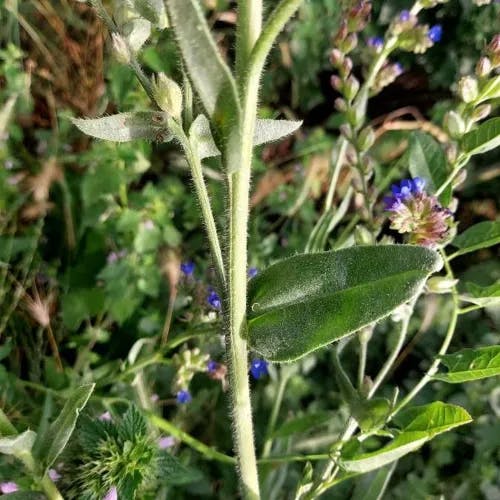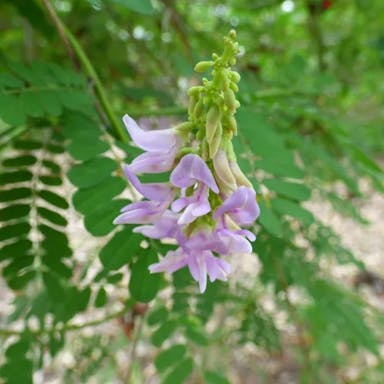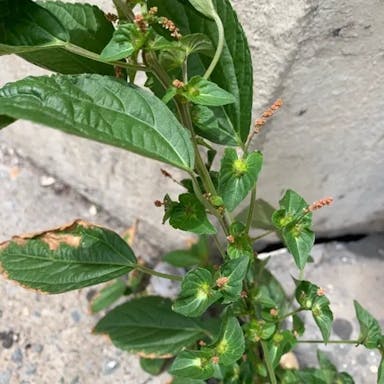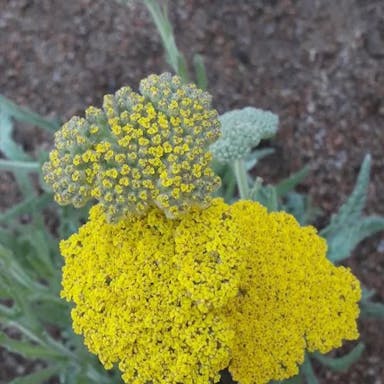Anchusa officinalis, commonly identified as Alkanet, stays a perennial plant belonging to the Boraginaceae family. It originated in the Mediterranean region and inhabits parts of Europe, Asia, and North Africa. The robust and erect stem can reach 1 meter in height. Its leaves take a lance shape and are rough-haired. The small, tubular flowers cluster at the stem's peak. Their vibrant blue adds ornamental value. As a herbaceous plant, Alkanet sees cultivation for its anti-inflammatory and diuretic properties. Its roots contain a red dye used for textiles and cosmetics. Regarding fruit, Alkanet produces prickly calyx-enclosed nutlets. It grows relatively easily across various soil conditions, preferring sun or partial shade and moderate water.
0
0
